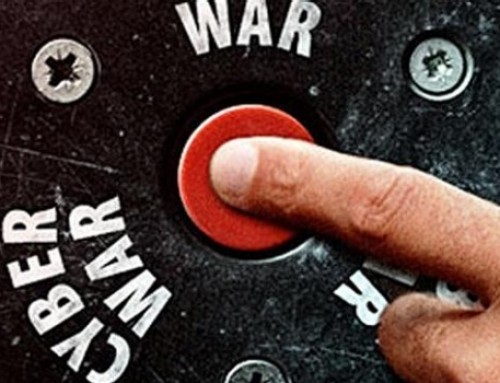While 3D printing may be the most exciting and innovative development of the past decade, the future of a number of industries may soon be inevitably altered by the introduction of what techies are calling the “3D Printing Revolution.” Worries of entire markets being wiped out due to widespread adoption are a bit myopic and premature, but it would be remiss to suggest a few industries aren’t sweating the potential ramifications.
3D printing combines the precise creation process of 3D modeling with an equally precise production mechanism capable of mimicking three-dimensional blueprints to the millimeter. Also known as additive manufacturing, print production of 3D objects has been around for more than 20 years. Without getting too technical, the printing is executed by laying successive layers on top of each other to the specifications of a computer-generated design. This differs from traditional techniques which create similar objects by process of cutting and removal.
Only recently have developers turned their attention to bringing the power of precise digital fabrication to the everyday consumer. By combining art, science and engineering, consumers can finally create their own masterpieces rather than waste time and money looking for comparable alternatives. These high-powered printers process 3D renderings and have the capability of creating a myriad of products ranging from custom-made living room vases, to functional guns and even biologically viable body parts.
The issue of self-created weapons is one that has been a matter of discussion recently after videos surfaced of a printed rifle firing 14 rounds before breaking down. Gun laws and safety issues are a different discussion unto themselves and I won’t divulge on a political rant, but Vice did an interesting documentary on this subject (see below).
The pros of additive manufacturing are obvious. 3D printing gives consumers an alternative process to shopping for specific items and allow for individual creativity. In the main video above, a woman describes the possibility of creating fitted, seamless clothing as an example of the potential practicality of the 3D printer. The adaptable technology puts power usually reserved for bigger businesses into the hands of the creative citizen.
So what’s holding the 3D Printing Revolution back? If we have the technology to produce this, why isn’t it more accessible to the public? An article on Mashable highlights the key reason for this delay: patents. There are a number of patents set to expire in 2014 that are currently prohibiting competition in the 3D printing marketplace. When these patents are up, expect an influx of ‘affordable’ printers made available by Chinese manufacturers.
Whether or not the availability of printers will mean a death-blow to a number of industries tied to consumer products remains to be seen. Adoption for such a precise science will likely be slow and gradual, but something tells me this trend is one that won’t be running out of ink anytime soon.







[…] 3D printing is ushering in a new age of consumer products and the medical device industry is already taking charge by using the advantages of these machines to manufacture better devices. If these same devices were placed local to hospitals, they could manufacture, on site, any device that these pediatric patients might need specific to their exact size. With new imaging technology like CT scans and MRI, these devices could quickly use patient data to design a specified implant for the patient. The video above showed how this technology could design a airway splint that literally gave three children life when death was imminent. […]